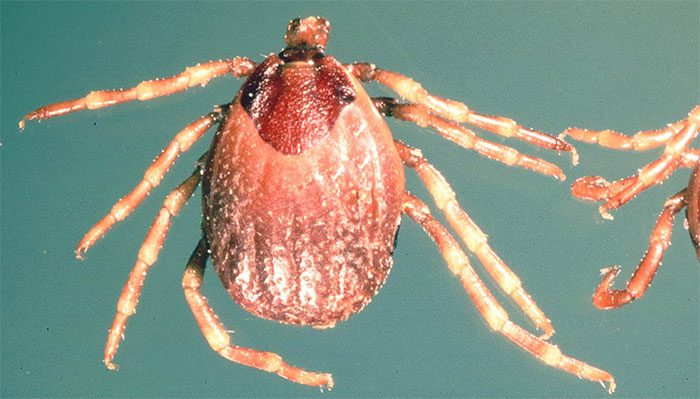The UK Health Security Agency (UKHSA) has recently reported a case of a woman diagnosed with Crimean-Congo hemorrhagic fever after traveling to Central Asia.
According to Bloomberg, the woman was diagnosed with the Crimean-Congo hemorrhagic fever virus by doctors at the Cambridge University Hospitals NHS Foundation Trust. This illness is caused by a virus transmitted by ticks to livestock. The patient has been transferred for treatment to Royal Free Hospital in London, England.
Dr. Susan Hopkins, a medical advisor at UKHSA, stated that this virus does not spread easily within the community and the risk is very low. This is the third reported case in the UK, with previous cases recorded in 2012 and 2014, both of which did not result in secondary infections.
However, according to the World Health Organization (WHO), the mortality rate for this disease is quite high, ranging from 10% to 40% of infections, typically occurring in the second week after the patient contracts the virus.

Hyalomma ticks are the primary carriers of the Crimean-Congo hemorrhagic fever virus.
In recovering patients, their health significantly improves around the 9th or 10th day after the onset of the disease. Symptoms appear suddenly and include: fever, muscle pain, dizziness, neck pain and stiffness, back pain, headache, eye pain, and sensitivity to light.
Patients may also experience nausea, diarrhea, abdominal pain, and sore throat from the early stages, followed by mood swings and confusion.
Other signs include rashes in the mouth and throat, rapid heartbeat, and swollen lymph nodes.
Dr. Hopkins mentioned that UKHSA is coordinating efforts to trace close contacts of the woman. “UKHSA and NHS have very good, strict infection control procedures in place to deal with cases of infectious diseases from incoming travelers. These regulations will be strictly adhered to,” she added.
According to Dr. Sir Michael Jacobs, an infectious disease consultant at Royal Free Hospital in London, this center specializes in treating cases of viral infections such as Crimean-Congo hemorrhagic fever. Their high-level isolation unit has a team of expert doctors, nurses, therapists, and laboratory staff to ensure safe treatment for patients with such infectious diseases.
This virus has not been detected in the community in the UK. UKHSA advises anyone visiting areas with Hyalomma ticks to take protective measures such as limiting travel, using tick repellents, and wearing long-sleeved clothing.
Hyalomma ticks are the primary carriers of the Crimean-Congo hemorrhagic fever virus. According to WHO, humans can also become infected through contact with animal tissues containing the virus during and after the slaughter of animals.
Outbreaks of this disease have posed a threat to public health services in various countries because the virus can cause epidemics, high mortality rates, and put pressure on healthcare systems. This disease is very difficult to prevent and treat. Currently, Crimean-Congo hemorrhagic fever is endemic in Africa, the Balkans, China, and Asia.
The disease was first described in 1944 in Crimea and was named Crimean hemorrhagic fever. In 1969, global health officials recognized that the pathogen causing hemorrhagic fever in Crimea was similar to the one causing disease in Congo, identified in 1956. Due to the connection between the two locations, the disease was named accordingly.
According to the European Centre for Disease Prevention and Control (ECDC), the tick species that carries the pathogen has appeared in North Africa and Asia, and is also present in Southern and Eastern Europe.


















































